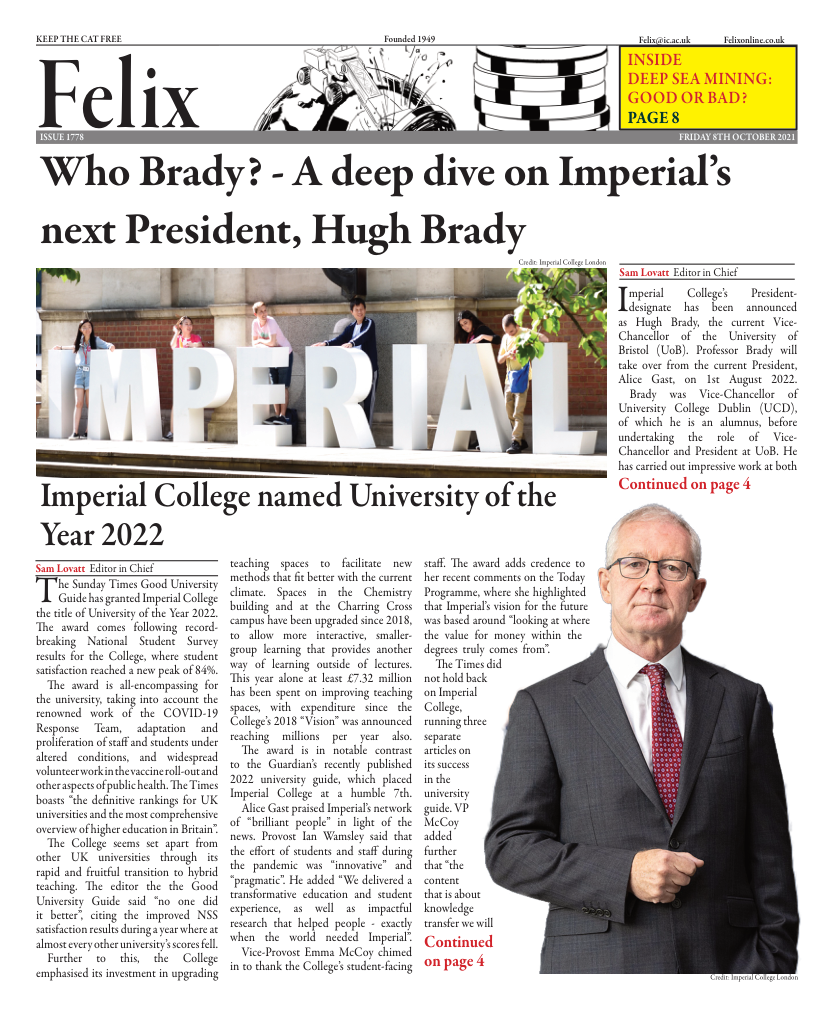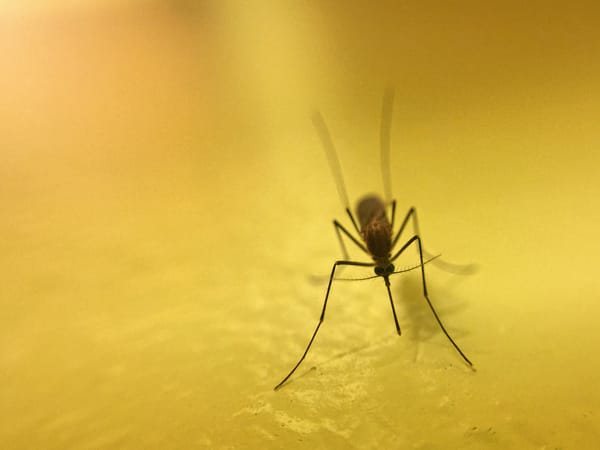This week in Science (21-10-08)
A weekly summary of interesting headlines in Science and Technology

From Imperial...
Cheap new ventilator developed by bioengineers to address worldwide shortage
A group of bioengineers at Imperial, led by Dr Joseph van Batenburg-Sherwood, have developed a low-cost ventilator that aims to address ventilator shortages in low-and-middle income countries. Their design incorporates on-off valves that are more widely available than the proportional valves that commonly found ventilators use, and have engineered a method for accurately controlling them.
Around the world...
Science Nobel Prize laureates announced
Chemistry: Benjamin List and David MacMillan “for the development of asymmetric organocatalysis”
Physics: Syukuro Manabe and Klaus Hasselmann “for the physical modelling of Earth’s climate, quantifying variability and reliably predicting global warming”, and Giorgio Parisi for “for the discovery of the interplay of disorder and fluctuations in physical systems from atomic to planetary scales.”
Medicine/Physiology: David Julius and Ardem Patapoutian for “explaining the molecular basis for sensing heat, cold and mechanical force, which is fundamental for our ability to feel, interpret and interact with our internal and external environment.”
BepiColombo, Europe and Japan’s joint mission to Mercury, returns its first photos
The European Space Agency (ESA) and Japan Aerospace Exploration Agency (JAXA) spacecraft BepiColombo conducted a flyby around Mercury on Oct 1st, during which cameras took 53 images of the planet from 1,000 to 93,000 kilometers away. BepiColombo also contains a magnometer which has been used to make measurements of Mercury’s magnetic field, which has previously defied expectations in its strength and shape.
Chicken-sized “chief dragon”, the UK’s oldest meat-eating dinosaur, is identified
The dinosaur, named Pendraig milnerae after the Middle Welsh word for “chief dragon”, was first excavated in a Welsh quarry over 50 years ago, but was only identified this week. Like the T-Rex, Pendraig milnerae was a theropod, and roamed around on two feet, with a chicken-sized body and a one-metre-long tail. It is believed to have been alive over 200 million years ago, in the Late Triassic period, and inhabited an island archipelago in what is now the Bristol Channel. After being lost, the fossil was found by the late Angela Milner in a drawer, alongside crocodile material.
Tough, mollusc-inspired glass developed, with greater strength and fracture-resistance than conventional materials
Researchers at McGill University have developed a new type of glass that is “three-times stronger than the normal glass, but also more than five-times more fracture resistant” and has “the resiliency of plastic”. It is inspired by the natural material nacre, also known as mother of pearl, that forms the inner shell linings of molluscs.








